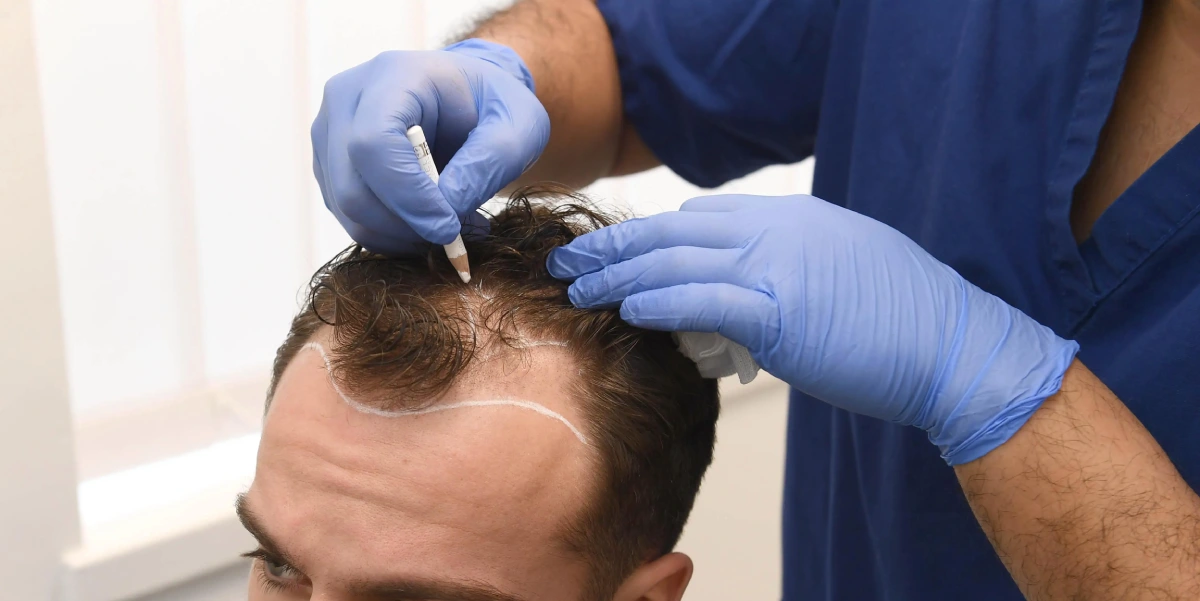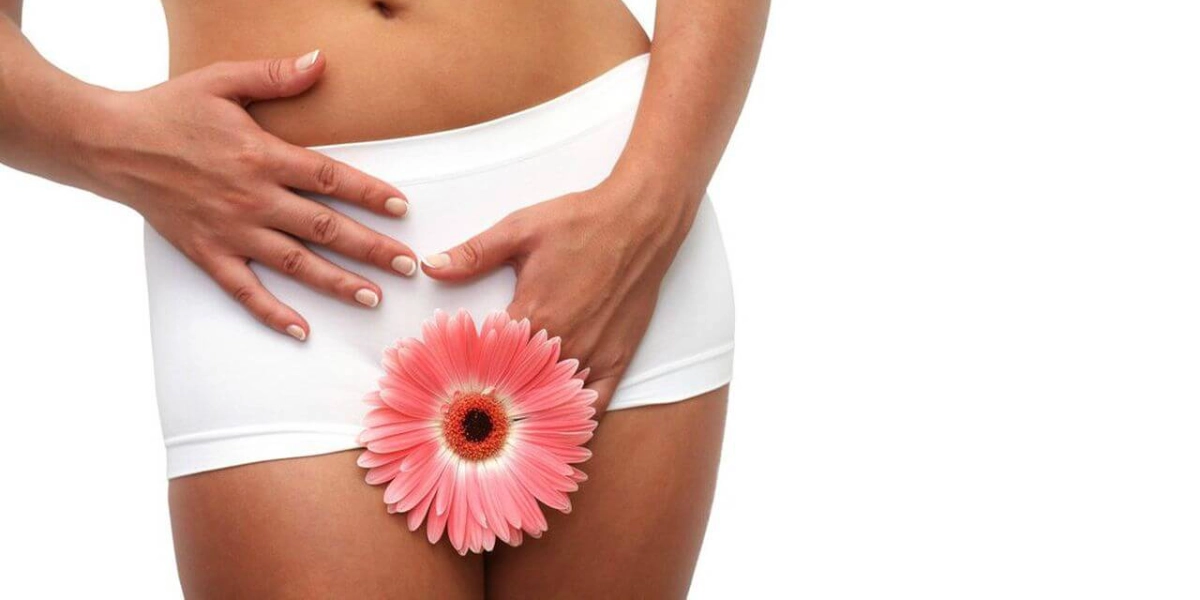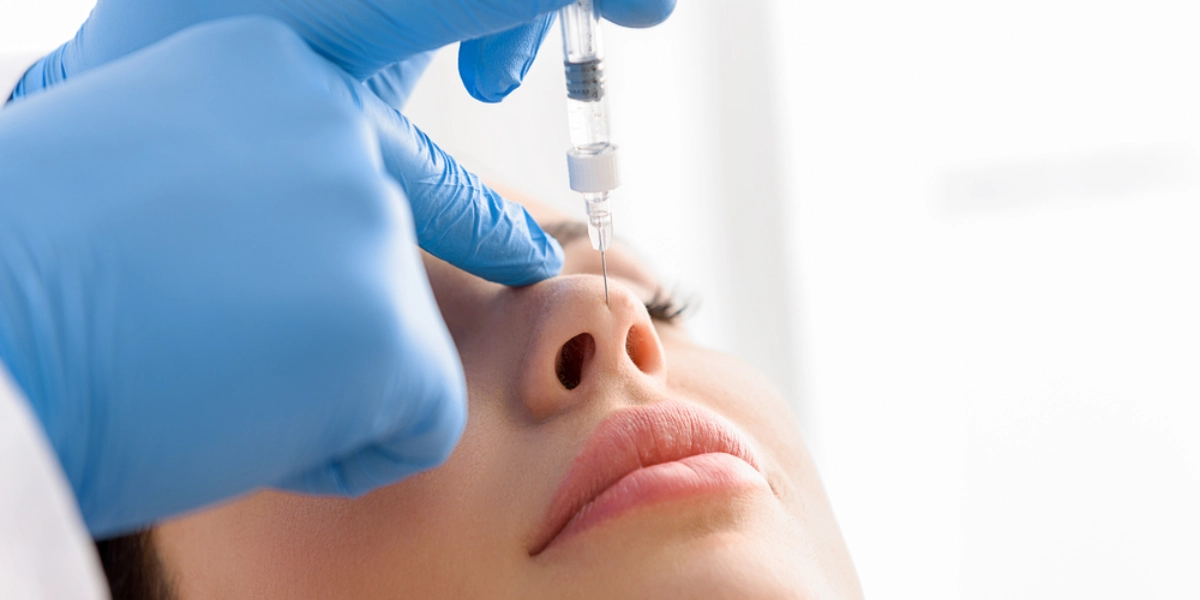Facial features are the first thing people notice, so a bad nose can affect your self-esteem. If you’re considering rhinoplasty in Jeddah, you’re in the right place. At Cosmetic Clinic Jeddah, rhinoplasty, or nose reshaping surgery, is a popular cosmetic procedure that can enhance the aesthetic balance of the face. Rhinoplasty cost in Jeddah ranges from SAR 14,999 to SAR 35,000.
In Saudi Arabia, rhinoplasty has become the most popular treatment, drawing global attention. Expert ENT surgeons and modern medical facilities within Saudi Arabia offer the best rhinoplasty procedures.
The goal of rhinoplasty is to make your nose look more symmetrical and contoured. Nose surgery not only addresses cosmetic concerns but also aids in addressing respiratory issues. The surgeon moves the nasal cartilage, bones, and skin tissues to make the nose appear more balanced. Some patients benefit from nasal surgery by having airway blockages removed, which facilitates easier breathing. Even small adjustments to your nose, the most noticeable feature, can enhance the balance of your face.
Rhinoplasty is a surgical procedure to reshape the nose for both cosmetic and breathing purposes. The nose reshaping procedure alters the shape and appearance of the nose to make it more symmetrical and balanced. Rhinoplasty is also known as “nose job,” “nose surgery,” “nose reshaping,” “nasal surgery,” and “nasal reconstruction.”.
A person may undergo a nose job medically to address nasal breathing problems, or cosmetically to address dissatisfaction with the shape, size, and asymmetry of their nose. Cosmetic Clinic Jeddah offers rhinoplasty in Jeddah, Riyadh, Saudi Arabia, to enhance your appearance and boost confidence. To get your nose reshaping surgery done, consult with a board-certified plastic surgeon.
This question may seem a bit confusing, but before getting nose surgery, it’s important to be aware of your nose type. Rhinoplasty in Saudi Arabia stands as the best surgical procedure to enhance facial appearance. Every person’s nose is unique, and so is the procedure. Different nose problems necessitate different types of nose surgeries. These nose job procedures fix noses that are large, wide, deviated, crooked, fractured, revised, and bulky.
An ideal candidate for rhinoplasty is the one who meets the criteria. Anyone can be a good candidate for rhinoplasty if they:
There are several types of rhinoplasty surgeries, but here are the 11 common types to consider:
Open rhinoplasty can correct both functional and cosmetic deficiencies in the nose. Open Rhinoplasty is also known as Open Nose Reshaping Surgery. One of the hardest treatments to learn is rhinoplasty, which focuses on enhancing the look and/or function of the nose while requiring a solid understanding of nasal anatomy and surgical techniques.
In order to modify the nasal framework without leaving visible scars outside the nose, closed rhinoplasty entails making incisions inside the nostrils. Surgeons have widely utilized this age-old method for many years due to its accuracy and efficacy in treating malformations. Closed rhinoplasty, also known as endonasal rhinoplasty, and closed nose reshaping surgery.
By making tiny, precise modifications, nasal tip rhinoplasty improves the nasal tip. The plastic surgeon is not interested in completely altering the nose. Rather than changing the nose’s bone components, they concentrate on redesigning the tip and improving its structure. Nose Tip Plasty, also known as Nose Tip Plasty Reshaping Surgery.
Surgery known as septoplasty, also known as submucous septal excision, septorhinoplasty, or septal reconstruction, can straighten a deviated nasal septum. The nasal septum is the partition of cartilage and bone that divides the two nasal chambers, or nostrils. A deviated septum might be curved or off-center, whereas a normal septum is straight and centered. This may occur during prenatal development, during nasal growth, or following an injury.
Alarplasty, also known as alar base reduction surgery, is a type of plastic surgery that modifies the breadth and form of the nose for aesthetic or practical purposes. The procedure entails shaving a small portion of skin from the alae, or wings, of the nose—the fleshy portions that connect the nostrils to the face. Possible outcomes of the surgery include improved airflow, less nasal flare, and a narrower nose.
Reducing the size of the turbinates in the nose through surgery is known as turbinoplasty, and it helps with sinus drainage and breathing. The nasal passageway’s turbinates are its bones, veins, and tissues. Patients with permanent hypertrophy of the inferior turbinates and those with or without allergic rhinitis are advised to have turbinoplasty.
Revision rhinoplasty, also known as nose revision surgery, is a surgical technique that improves the results of an earlier rhinoplasty. You can apply it to rectify unfavorable changes in the nose’s function or appearance, which may arise from aging, inadequate postoperative care, or individual preferences.
Liquid rhinoplasty, also known as non-surgical rhinoplasty or liquid nose reshaping, is a medical aesthetic procedure that reshapes the nose without the need for surgery. We inject dermal fillers, such as calcium hydroxyapatite or hyaluronic acid, beneath the nose’s skin to modify its form, balance asymmetry, and smooth out bumps. The surgery can smooth out uneven shapes, modify the nasal tip, and improve the nasal bridge.
Cosmetic surgery, also known as an ethnic rhinoplasty or ethnic nose job, can reshape a patient’s nose to better fit their ethnic identity and facial features. To create a more visually acceptable nose, it takes into account the patient’s skin type, face structure, and cultural background. Enhancing a patient’s inherent beauty while maintaining their own cultural traits is the aim.
Reduction rhinoplasty, also referred to as “nose job,” is a cosmetic surgery technique that results in a smaller nose. Surgeons can use it to target specific locations like the tip or a hump, or to reduce the nose’s overall size. To create the appropriate shape and size, surgeons remove, trim, or reorganize the nose’s bone and cartilage throughout the process.
Non Surgical rhinoplasty, a cosmetic treatment, uses dermal fillers to temporarily alter the contour of your nose. It’s an option for those who would prefer not to have plastic surgery. Your healthcare professional might complete the treatment in just one office visit.
Rhinoplasty, sometimes referred to as a nose job or nasal surgery, can improve the appearance and functionality of the nose, among its many other advantages:
Rhinoplasty is a surgical procedure that reshapes the nose to improve its appearance or functionality. People also refer to it as a nose job or nasal surgery. A surgeon creates an incision at the base of the nose or inside the nostrils, then readjusts the cartilage and bone beneath the skin. The physician could:
The first stage in the rhinoplasty procedure is a consultation with a plastic surgeon. This meeting can last anywhere from 45 minutes to an hour or more, and it can happen in person or via video. The consultation’s goals are to confirm that the patient is a suitable fit for the treatment and assist the patient in assessing their degree of comfort.
During the meeting, the surgeon will also go over the procedure’s details, including the procedures they intend to employ, any possible risks or consequences, and an estimated cost.
You can take a variety of steps to prepare for rhinoplasty surgery, including:
Rhinoplasty, commonly referred to as a “nose job,” is a surgical surgery that may include reconstructive or cosmetic procedures. Usually, the process entails the following steps:
By adhering to these post-treatment care guidelines, you can promote normal healing of your nose following rhinoplasty (nose job) surgery:
While nose surgery effects can take several months to fully materialize, rhinoplasty results are frequently long-lasting. After a rhinoplasty, the patient will need to support their nose for a few days or more while it recovers by donning a nasal splint and gauze packing. Although the discomfort normally subsides in the same period of time, swelling and bruises may persist for several weeks. In the months that follow surgery, the nose’s internal structure will fully heal, and the outcome will become evident.
When choosing a surgeon for rhinoplasty, consider the following:
Rhinoplasty cost in Jeddah ranges from SAR 14,999 to SAR 35,000. The complexity of the procedure, the surgeon’s experience and reputation, the facility and technology, and the combination of rhinoplasty with other facial surgeries influence the final price.
Rhinoplasty in Riyadh usually costs between SAR 14,999 and SAR 35,000 at Cosmetic Clinic Jeddah.
Nose jobs (rhinoplasty) are acceptable if the patient has a problem with their nose and the cosmetic procedure's goal is to remove it. However, this cosmetic nose surgery is not allowed if the only goal is to make it more attractive.
Cosmetic Plastic surgery cost in Jeddah, and Riyadh, Saudi Arabia, typically costs between SAR 11,999 and SAR 50,000.
Achieve your dream nose. At Cosmetic Clinic Jeddah, we offer world-class rhinoplasty procedures tailored to your unique facial features and desired outcome. With a focus on patient satisfaction and natural-looking results, our experienced surgeons will help you achieve the nose you’ve always wanted.
Tags:
Rhinoplasty
In recent years, the demand for effective hair restoration treatments has risen

Many individuals wonder if it’s possible to restore the hymen without surgery.

Rhinoplasty, or a nose job, has long been the go-to solution for those looking t